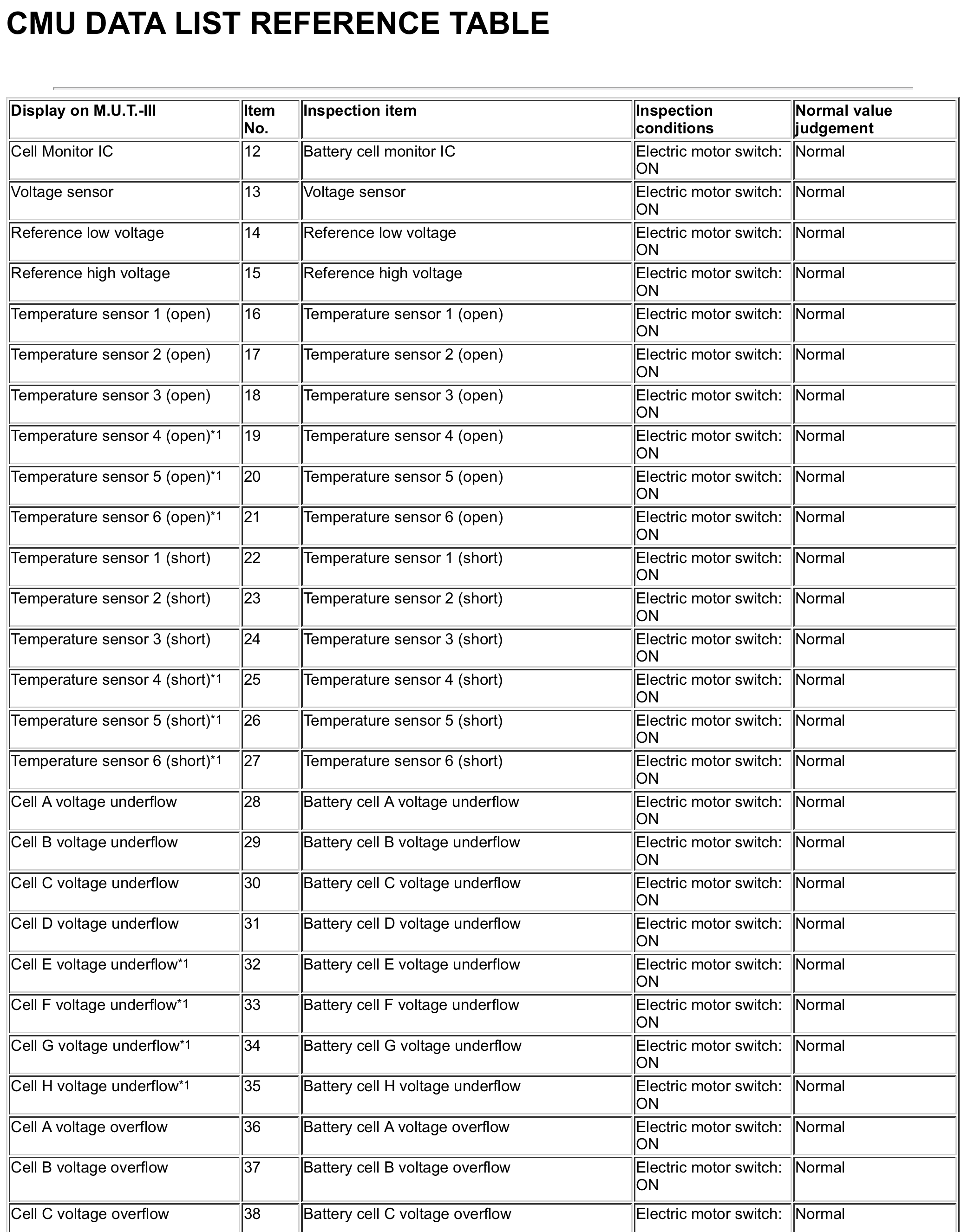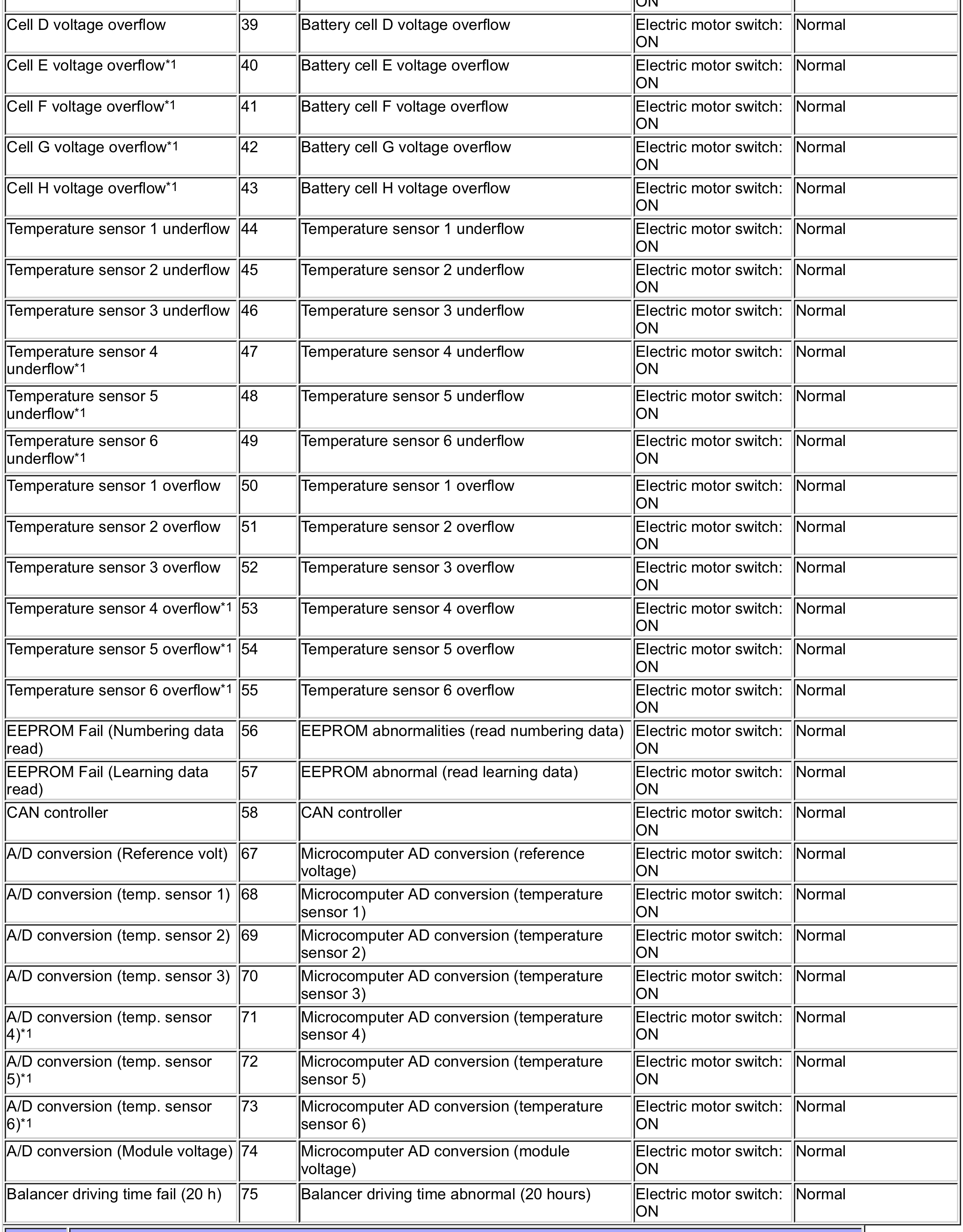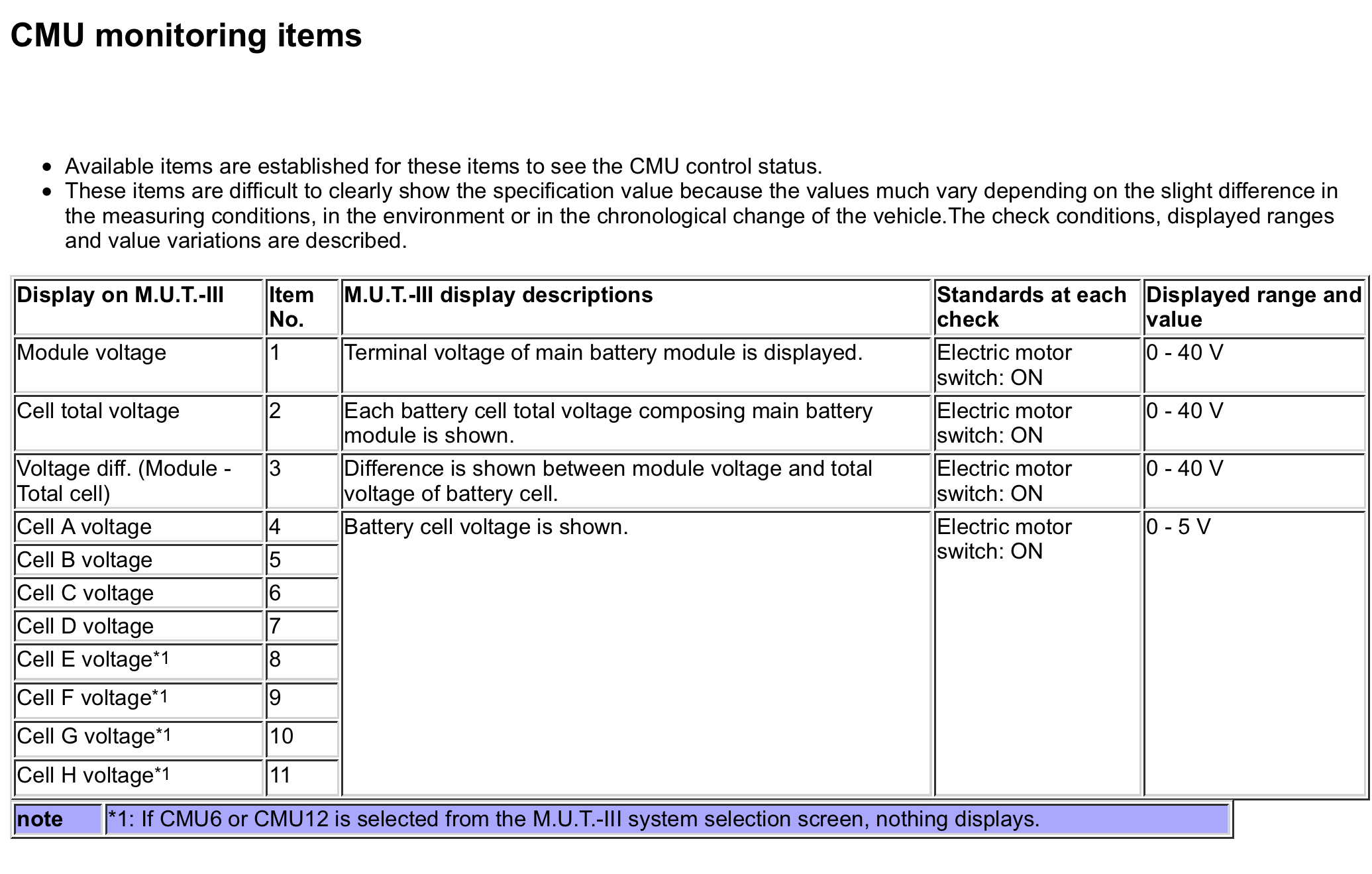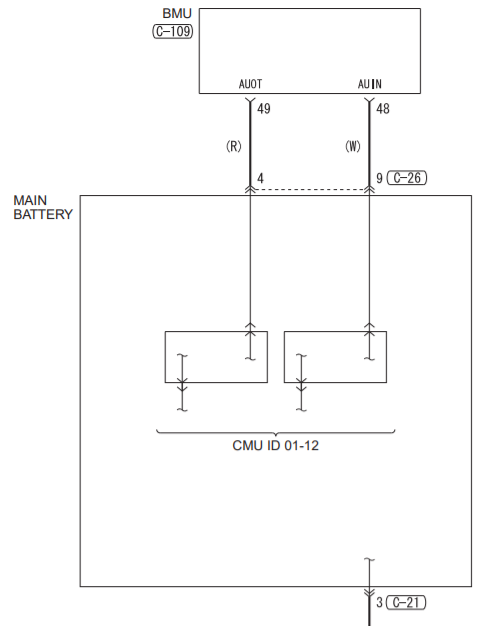Calibration Success!

It is now reporting 33.0Ah instead of 45.1Ah... indicated full charge range has dropped by a full 17 miles from 70 miles to 53 miles, which is spot on what I actually get with combined cycle driving with the degree of battery degradation the car has. So basically with a battery that has degraded to just above 70% SoH the car has lost 17 miles of range since it was brand new...(but probably about 5-8 miles since I've had it)
So here is the process and what I did right and wrong. Step 1:
After this is a screen telling you that the battery should be discharged to "approximately 4 bars" before proceeding to the next step. When you acknowledge that screen the reported SoC instantly jumps to a new value - my assumption is that a voltage estimation of the SoC is done and the figure updated at that point. So in the case of the real Ah capacity being a lot lower than what it thought, the SoC jumped from around 40% to 15%.
You then have a forced wait period of one hour before you can proceed to step 2:
The next screen is:
This is where things started to go wrong... Because I already knew the target cell voltage range was 3.750 to 3.775 volts, I had already discharged the car to this range before starting step 2. Big mistake, because acknowledging the page just gave me this cryptic error:
I tried a couple of times slightly discharging the car below the range then back up, or charging it above and then back down, no luck!
I noticed that the voltage of the "minimum cell voltage" did not update in real time when it was below or within the range, only when it was above the range - and also that the button in the bottom right doesn't appear when the voltage is too high...
Thinking about the comment of "approximately 4 bars", which is quite a bit above 3.775 volts I realised that the problem was that it expects you to start with the voltage
above 3.775 volts, turn the heater on and
leave it sitting on this page...
Starting at 4 bars wouldn't actually work because with the gross over estimation of the capacity of the battery 4 bars was actually less than the target voltage range... :twisted:
So in the end what I did was to charge/discharge the battery until the lowest cell was about 3.85 volts - or 100mV above the top of the target range (as monitored in Canion) and
then go to step one, wait then hour, then start step 2 and turn on the heater to start discharging it as seen below. Note the lack of acknowledge button in the bottom right corner:
The minimum cell voltage figure updates in realtime so you just wait until this dips into the specified range for a few minutes and then you will get the acknowledge button in the bottom right corner to proceed. At that point you turn off the heater.
You then get this screen:
At this point you plug the car into charge. My suspicion is that completing this step tells the BMS that it is about to do a calibration charge and to believe whatever result it gets, no matter how much it differs from the current Ah estimate. In other words not be sceptical about a large change.
At the end of the charging session the Ah capacity figure has still not been updated yet! You then move on to step three, which I forgot to take a screenshot of which just tells you to turn the key on and acknowledge the messages, at that point the Ah figure is finally updated to the new measured value, which is 33.0Ah - 1Ah less than what I had before.
Last time I did the battery calibration I saw a similar drop and then a 1Ah rebound a few days latter so my guess is that the calibration is just very conservative and likes to leave some margin.
After the test is done there is another very interesting place you can optionally look, under "capacity after maintenance", which I think is under the "traceability of the maintenance" section of the BMS:
What's cool about this is it appears to show the spread of Ah capacity between the worst and best cells.

As you can see here it says my best cell is still 40.5Ah while the worst one is 34.8Ah - a large 5.7Ah spread....
I happened to save a copy of my previous calibration result from about a year (and 12k miles ago) ago below:
Not nearly as much spread there, so my suspicions that some cells are degrading at a faster rate than others is confirmed. The best cells have only degraded by 0.5Ah in the last 12k miles while the worst have degraded by 3.3Ah or about 6 times faster!
I was expecting to see the previous values logged in the report but realised that the battery replacement procedure no doubt wipes any previous service history for the battery including the previous battery capacity maintenance values. So another reason not to do a full reset! Just do the battery calibration only.
@tinoale: Can you have a look at the "bmu capacity after maintenance" screen on your car ? It's under the BMU in the "traceability of the maintenance" section, and is a quick read only report that doesn't change anything.
I'd be curious to see what your cell spread is compared to mine. The reason cell spread is useful is because if Ah capacity is low but there is a narrow cell spread then all cells are degraded by about the same amount so replacing a few individual cells would not give any benefit.
However if there is a very wide spread of capacity between cells - as in my case, and only a small handful of cells are low performing - as in my case, then replacement of just a few cells could potentially restore a lot of lost capacity...
I'll save a full analysis of my recent battery tests for my own battery thread over here:
http://myimiev.com/forum/viewtopic.php?f=23&t=4014&start=50#p39013





































